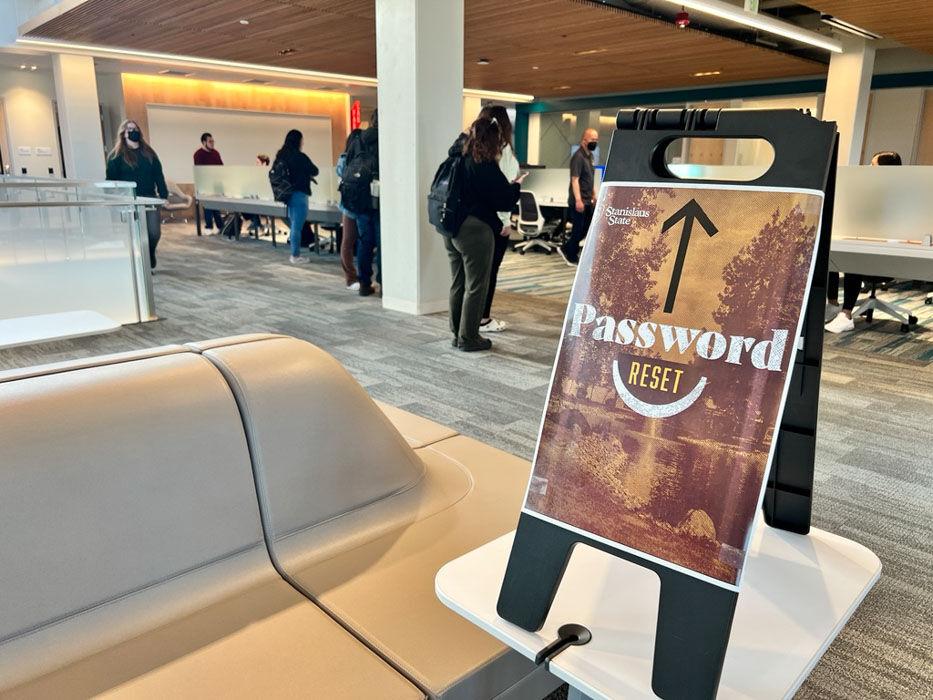Winter break is almost here, but with U.S conception rates peaking
in December, a crash course in birth control might be something worth studying after finals are over. No one method of birth control is ever 100 percent effective, which is why it’s so important to employ multiple safeguards.
Even abstinence starts looking less reliable with Christmas festivities all around. Guys, don’t stop reading. It’s true that female reproductive health is largely under the control of women, but there are things that you can do to share responsibility.
1. Condoms. Condoms. Condoms. Not just used for birth control, condoms help prevent the spread of STD’s and should always be used to reinforce the primary method of birth control. A 10 pack of latex condoms is available at the California State University Health Center for $1. At this price, keep a package in your car, in your nightstand and your gym bag. Additionally, storing them in a hard-sided container (like a clean and empty Altoids tin) keeps them from being damaged while rolling around with your other stuff.
2. Ovulation and menstruation tracking apps are available for both Android systems and iOS. There are many to pick from and all of them cost less than a package of diapers. By tracking the menstrual cycle, high fertility days can be pinpointed and avoided.
Again, these aren’t effective when used alone, but help improve efficacy of other methods. Just knowing that responsible birth control is a priority for you will help your female counterpart feel less overwhelmed by the task.
3. The pill and the Depo-Provera shot are more effective when renewed in exact increments, but birth control appointments can be embarrassing, painful and annoying. Offering to drive and/or go with her to an appointment is a great way to show solidarity and commitment to the relationship as well as helping to make sure that these methods are being utilized for maximum efficacy.
4. The Federal Drug Administration (FDA) is now supporting the use of Intra-Uterine Devices (IUD’s) in nulliparas (women who have never had children). The IUD scares of the 1970’s left many doctors reluctant to insert them in younger women, but the technology has improved so dramatically that the stigma of the IUD is no longer preventing it from being an option. (These are amazing, by the way. One in-office procedure equals 10 years of mostly forgetting about birth control.)
5. The Nuvaring or the birth control patch result in less than 10 pregnancies per year per 100 women according to studies done by Planned Parenthood. Not great stand-alone statistics, but everything you can do to up your odds will help. The sponge and cervical cap are about as effective as pulling out, so use these methods as boosters only. Or start planning a baby shower.
I believe the early 20’s are the most fertile years in a person’s life. They are also the most inconvenient time to have a child.
Don’t forget to make family planning as routine a concern as academic advising, the two are intimately entwined and easier to remember if you update/review your plan at the beginning and end of each semester.
More information is available at the Health Center or at Planned Parenthood. While there isn’t a Planned Parenthood in Turlock, there is one on 1431 McHenry Ave. in Modesto. Make an appointment now so you can spend the holidays with the family you already have, as opposed to the family that could be.






